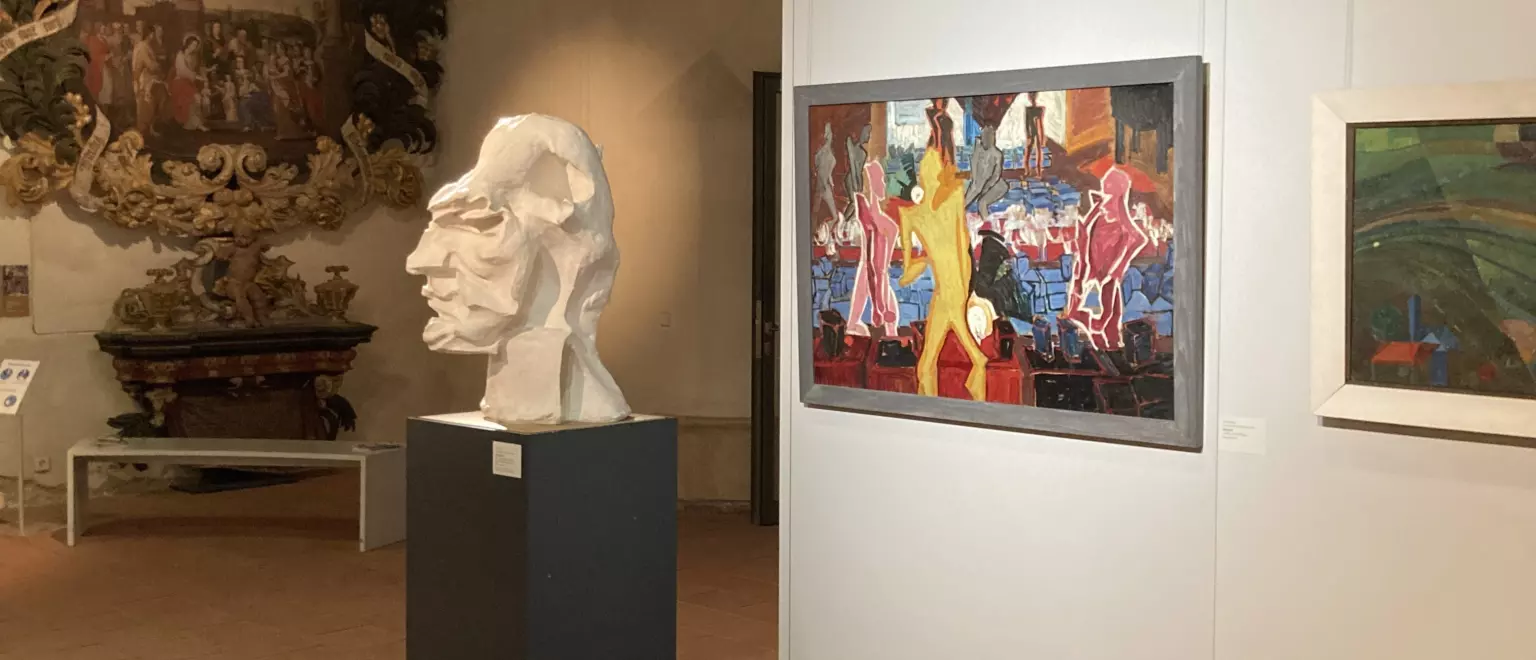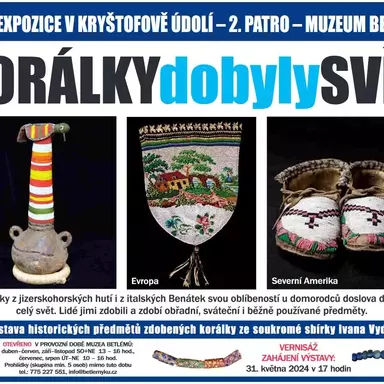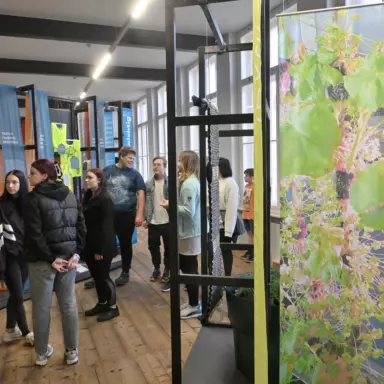Paris, Berlin, or New York are well-known as urban centers of all that is modern, that which considers itself avant-garde and which expresses abstraction via varying styles in plastic, artistic presentation.
In these traditional perspectives, however, regional developments outside of these metropoles remain largely unnoticed. Expressionistic, cubist and constructivist variants of abstract art have been an international phenomenon, irrespective of borders or countries, for more than 100 years.
The region of and around today's tri-country corner between the artistic centers of Prague, Dresden and Breslau/Wroclaw was taken by this development. Groups, institutions and individual artistic personalities which radiated far beyond the region showed up in Görlitz, Wroclaw or Bischofswerda. Political intolerance, two world wars and the decades of the division of Europe into a western and an eastern camp interrupted the development again and again, and tried to repress it. Abstraction, however, has always found new ways of expressing itself and has kept its place in the world of art through the present day. Names such as Otto Mueller, Gerhart Richter, Strawalde, Sigmar Polke, Horst Weber, Frank Nitsche and Thoralf Knobloch, prominent representatives of the abstract which were born and bred here, had their first artistic experiences in the region and later went on to take galleries, museums and the art market of the world by storm.
There are also many other artists to discover, not yet present in the international scene such as Hans Tischler, Fritz Neumann-Hegenberg, Marg and Oscar Moll, Carl Lohse, Willy Schmidt, Horst Strempel, Hans Schulze or Reinhard Roy, who found pathways and kept them open, so that, now that international cultural exchange of ideas and experiences has become the norm once again, abstraction in art could once again gain momentum.
Beginning in early July 2022, the cultural-historical Museum Franziskanerkloster and the Galerie Kunstlade in Zittau open their doors with a variety of artists from all three countries and of several generations working with various media inviting visitors to a very individual perspective and to participate in artistic discourse on historical, artistic and current questions and issues. Three artists, representative of the entire group, are the Czech painter Zdena Šafka, Janusz Jasiński from Poland and Elke Noßky from Zittau (Germany).






